Related Research Articles

Smoke is a suspension of airborne particulates and gases emitted when a material undergoes combustion or pyrolysis, together with the quantity of air that is entrained or otherwise mixed into the mass. It is commonly an unwanted by-product of fires, but may also be used for pest control (fumigation), communication, defensive and offensive capabilities in the military, cooking, or smoking. It is used in rituals where incense, sage, or resin is burned to produce a smell for spiritual or magical purposes. It can also be a flavoring agent and preservative.
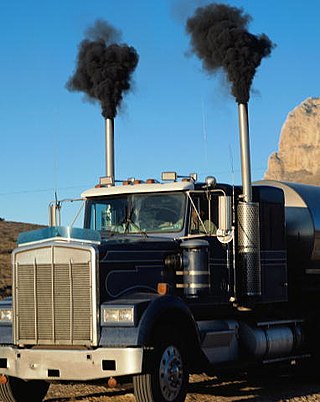
Soot is a mass of impure carbon particles resulting from the incomplete combustion of hydrocarbons. It is more properly restricted to the product of the gas-phase combustion process but is commonly extended to include the residual pyrolysed fuel particles such as coal, cenospheres, charred wood, and petroleum coke that may become airborne during pyrolysis and that are more properly identified as cokes or char.

Cloud condensation nuclei (CCNs), also known as cloud seeds, are small particles typically 0.2 µm, or one hundredth the size of a cloud droplet. CCNs are a unique subset of aerosols in the atmosphere on which water vapour condenses. This can affect the radiative properties of clouds and the overall atmosphere. Water requires a non-gaseous surface to make the transition from a vapour to a liquid; this process is called condensation.

The United States Department of Energy National Laboratories and Technology Centers is a system of facilities and laboratories overseen by the United States Department of Energy (DOE) for scientific and technological research. Sixteen of the seventeen DOE national laboratories are federally funded research and development centers administered, managed, operated and staffed by private-sector organizations under management and operating (M&O) contract with DOE.
Gary S. Grest is an American computational physicist at Sandia National Laboratories.
Anthony Michael Johnson is an American experimental physicist, a professor of physics, and a professor of computer science and electrical engineering at the University of Maryland, Baltimore County (UMBC). He is the Director of the Center for Advanced Studies in Photonics Research (CASPR), also situated on campus at UMBC. Since his election to the 2002 term as president of the Optical Society, formerly the Optical Society of America, Johnson has the distinction of being the first and only African-American president to date. Johnson's research interests include the ultrafast photophysics and nonlinear optical properties of bulk, nanostructured, and quantum well semiconductor structures, ultrashort pulse propagation in fibers and high-speed lightwave systems. His research has helped to better understand processes that occur in ultrafast time frames of 1 quadrillionth of a second. Ultrashort pulses of light have been used to address technical and logistical challenges in medicine, telecommunications, homeland security, and have many other applications that enhance contemporary life.
Laser-induced incandescence (LII) is an in situ method of measuring aerosol particle volume fraction, primary particle sizes, and other thermophysical properties in flames, during gas-phase nanoparticle synthesis, and in aerosol streams more broadly. The technique is prominently used to characterize soot.
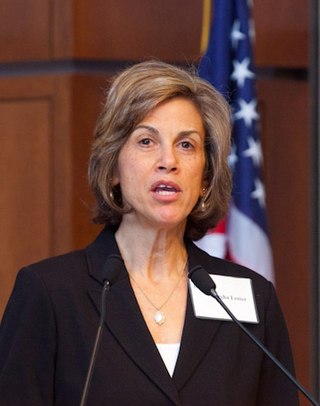
Marsha Isack Lester is an American physical chemist. She is currently the Edmund J. Kahn Distinguished Professor of Chemistry at the University of Pennsylvania. Lester uses both theoretical and experimental methods to study the physical chemistry of volatile organic compounds present in the earth's atmosphere. Her current work focuses on the hydroxyl radical and Criegee intermediates.
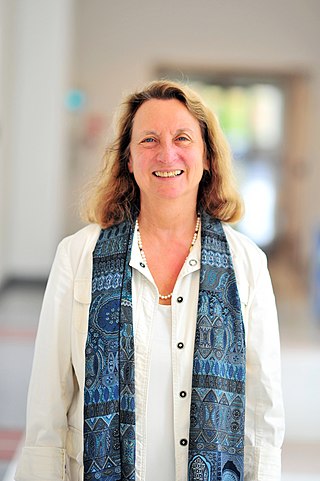
Elaine Surick Oran is an American physical scientist and is considered a world authority on numerical methods for large-scale simulation of physical systems. She has pioneered computational technology to solve complex reactive flow problems, unifying concepts from science, mathematics, engineering, and computer science in a new methodology. An incredibly diverse range of phenomena can be modeled and better understood using her techniques for numerical simulation of fluid flows, ranging from the tightly grouped movements of fish in Earth's oceans to the explosions of far-flung supernovae in space. Her work has contributed significantly to the advancement of the engineering profession.

Claudia Felser is a German solid state chemist and materials scientist. She is currently a director of the Max Planck Institute for Chemical Physics of Solids. Felser was elected as a member into the National Academy of Engineering in 2020 for the prediction and discovery of engineered quantum materials ranging from Heusler compounds to topological insulators.
Julia Wan-Ping Hsu is an American materials scientist. In her research, she uses scanning probe microscopy to study the nanostructure, optics, and photoelectric properties of thin films and crystal surfaces, with particular application to solar cells, and has used nanotransfer printing to make electrical connections to single-molecule sensing devices. She is a professor of materials science and engineering at the University of Texas at Dallas, where she holds the Texas Instruments Distinguished Chair in Nanoelectronics.
Jacqueline H. Chen is an American mechanical engineer. She works in the Combustion Research Facility of Sandia National Laboratories, where she is a Senior Scientist. Her research applies massively parallel computing to the simulation of turbulent combustion.
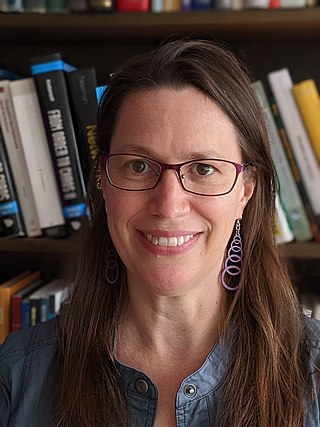
Karen E. Daniels is an American physicist who is a Professor of Physics at North Carolina State University. Her research considers the deformation and failure of materials. She is a Fellow of the American Physical Society, and serves on their Committee on the Status of Women in Physics. She is also a Fellow of the American Association for the Advancement of Science.
Susan Davis Allen is an American engineering professor and academic administrator. She is currently Associate Dean of Research for the College of Engineering and Distinguished Professor of Mechanical Engineering at Embry-Riddle Aeronautical University. Her research has spanned multiple applications of lasers and optics, including spectroscopy, laser sensors, laser ablation, micromachining, and others.
Élisabeth Guazzelli is a French experimental physicist whose research concerns fluid mechanics, suspensions of particles in liquids, and particle-laden flows. She is a director of research for the French National Centre for Scientific Research (CNRS), affiliated with the Laboratoire Matière et Systèmes Complexes at the University of Paris. Currently, Guazzelli serves as the editor of the Journal of Fluid Mechanics Rapid edited by Cambridge University Press.
Sandra Gail Biedron is an American physicist who serves as the Director of Knowledge Transfer for the Center for Bright Beams as well as professor in Electrical & Computer Engineering and Mechanical Engineering at the University of New Mexico, where in 2021 she mentors nine graduate students and two post-doctoral researchers. Her research includes the development, control, operation and use of laser and particle accelerator systems. She is also Chief Scientist of Element Aero, a consulting and R&D company incorporated in 2002. She was elected Fellow of the American Physical Society in 2013.
Alice Elizabeth White is an American physicist. She is a professor and chair at the Boston University College of Engineering. Previously, she was Chief Scientist at Bell Labs. She is a fellow of the APS, the IEEE and the OSA.
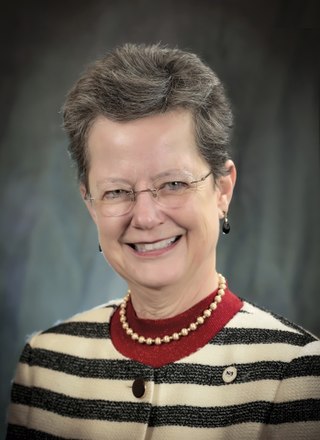
Julia Mae Phillips is an American physicist. She began her career in materials research on thin films on semiconductors and has transitioned into leadership roles in science policy. She currently serves on the National Science Board.
Christine Anne Coverdale is an American plasma physicist at Sandia National Laboratories, where she is a Distinguished Member of the Technical Staff.
Michelle D. Shinn is an American laser scientist. She is program manager for industrial concepts in the Office of Nuclear Physics at the United States Department of Energy.
References
- 1 2 3 4 5 "Science of soot lands Hope Michelsen in Alameda County Women's Hall of Fame", Sandia Labs News Releases, March 25, 2013, retrieved 2023-02-05
- ↑ Cracking the code to soot formation, Berkeley College of Chemistry, September 7, 2018, retrieved 2023-02-05
- 1 2 3 "Optical Society elects two Sandia researchers as fellows", Sandia Labs News Releases, November 16, 2017, retrieved 2023-02-05
- ↑ Bing, Jeb (August 31, 2016), "Sandia researchers focus on factors impacting climate change", Pleasanton Weekly, retrieved 2023-02-05
- 1 2 3 Curriculum vitae (PDF), February 2019, retrieved 2023-02-05
- ↑ "Hope Michelsen" (PDF), 2022 Candidate Profile: The Combustion Institute Board of Directors, The Combustion Institute, 2022, retrieved 2023-02-05
- ↑ "Hope A. Michelsen", Alameda County Women's Hall of Fame, Alameda County Government, retrieved 2023-02-05
- ↑ "Fellows nominated in 2019 by the Division of Chemical Physics", APS Fellows archive, American Physical Society, retrieved 2023-02-05